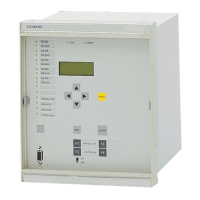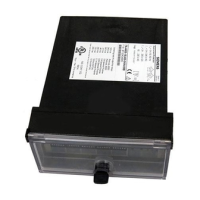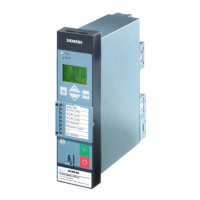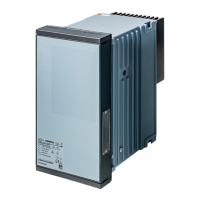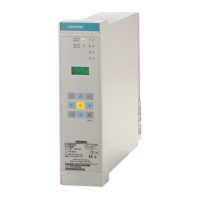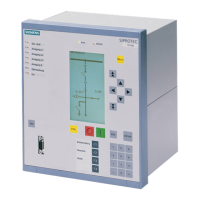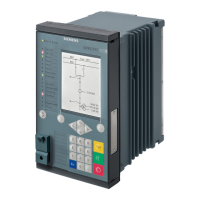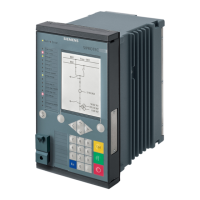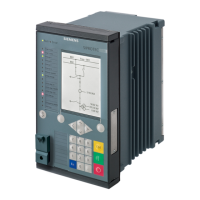Functions
122
7SS52 V4 Manual
C53000-G1176-C182-1
Figure 5-23 Principle of unbalancing for the circuit breaker failure protection
The BZ unbalance mode has two separate parameter sets, one for 1-pole earth
faults and the other for multi-pole faults. The sensitive earth fault characteristic is re-
leased by a binary input in the central unit. Figure 5-16, page 113 shows the charac-
teristics and the settings.
This operating mode yields the following essential advantages:
Extremely short dropout times due to the use of instantaneous values.
For the clearing time of the feeder protection no special requirements need to be met.
Even with a longer clearing time, there is no danger of spurious tripping since the cir-
cuit breaker has interrupted the current and a differential current is not formed by the
unbalancing.
trip rep/unbal If the operating mode trip rep/unbal is set with the parameter BF OP MODE
(XX15/CU), this mode also uses the "unbalancing". Before all feeders of the bus zone
with the CBF initiating bay unit are tripped three-pole, the TRIP command is repeated
as in the mode trip rep/I>quer.
Initiation by
external CBF
If the operating mode external is set with the parameter BF OP MODE (XX15/CU),
the breaker failure is detected by an external device. On activation of the configured
binary inputs of the bay unit ">CBF Lx" (FNo. 7611, 7612, 7613/BU) or
">CBF 3-pole" (FNo. 7621/BU), the protection system trips without delay the bus-
bar to which the bay with the faulted circuit breaker is connected. The central unit eval-
uates for this the isolator replica.
Low-current mode In the presence of low-current faults (e.g. trip by the Buchholz protection of the trans-
former), the necessary threshold for a current-controlled mode may not be reached.
Therefore, it is not ensured that the circuit breaker failure protection is activated.
Note
In this operating mode, always work with breaker failure protection triggering and re-
leasing (2 BI) since there is no further protection by a current check.

